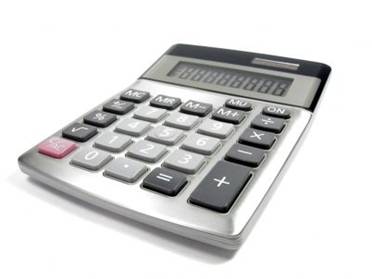 It’s surprisingly easy to lose track of your pensions, especially if you’ve changed jobs a few times and moved around a bit.
It’s surprisingly easy to lose track of your pensions, especially if you’ve changed jobs a few times and moved around a bit.
How I Ended Up With Multiple Pensions
When I started work after university I was offered a company pension scheme, which I diligently took up.
It was a defined contribution pension which means my employer would give a contribution and I would give a contribution and this money would build up my pension ‘pot’.
This is different to a defined benefit pension, otherwise known as a ‘final salary’ pension that uses your salary and years of service to determine how much you are entitled to at retirement.
Whilst final salary pensions are often more generous and puts the risk on the employer rather than the employee, I quite like defined contribution pensions because it gives you more control over your pension investments. However, you can only take control of your pension pot if you know where it is.
A couple of years later after first being given the opportunity to open a pension account, the company I was working for at the time decided to change pension providers.
I imagined the transfer would be relatively simple so agreed.
But it wasn’t even a transfer! Rather, everyone in the company was given a new pension account, with a new provider.
So already, my relatively new financial life was beginning to get more complicated. I now I had two pension pots – one with my contributions to date, and a new one where my money would be going in the future.
 Find Your Lost Pensions
Find Your Lost Pensions
The more pension pots you have, the easier it is to lose track of them. Thankfully, the UK Government offers a free service to help you find any pensions you may have.
Click this link to find your lost pensions.
You’ll be asked to fill in a form and the service will look on pension databases to find what you may have lost.
What To Do With All Your Pension Pots
Once your total pension pots reach £10000 you can transfer them into one easy to manage pension pot, called a SIPP (Self Invested Personal Pension).
SIPPs are great, but SIPPs are not suitable for everyone.
Note that you can’t transfer active pension pots that you are currently paying into. Transferring multiple inactive pension pots to one provider is often recommended because it allows you to better understand your entire portfolio and be able to calculate your asset allocation more easily.
Eventually you’ll need to convert your pension into income, often through an Annuity. For more information about annuities be sure to read this:
You must log in to post a comment.